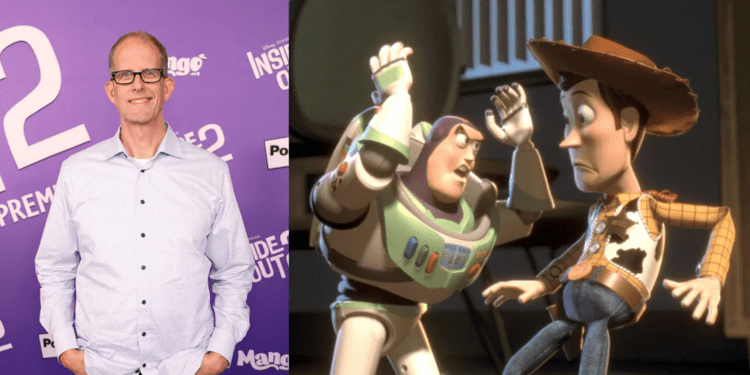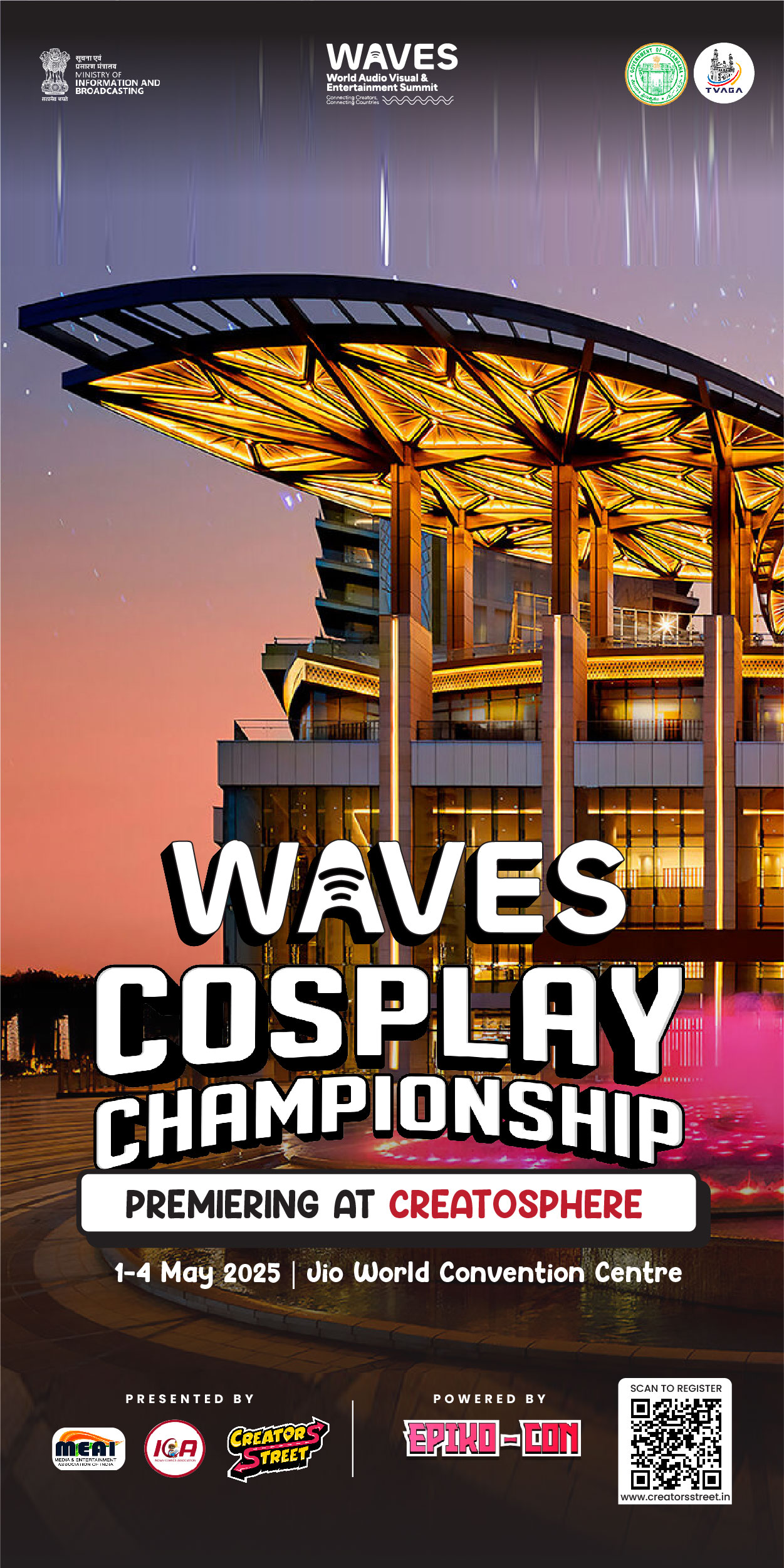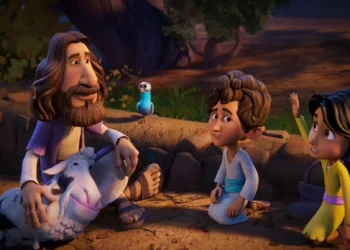“Pixar’s Pete Docter on AI: The Future of Animation or Just Hype?”
For three decades, Pixar has been at the forefront of animation, pushing boundaries and redefining storytelling. As Toy Story celebrates its 30th anniversary, the film’s legacy is still shaping the future of animation. But what’s next for the industry? According to Pete Docter, the Oscar-winning writer-director and Chief Creative Officer at Pixar, artificial intelligence (AI) could be the next major game changer—if used wisely.

AI in Animation: A New Frontier or a Creative Threat?
In a recent interview with The Hollywood Reporter, Docter took a pragmatic approach to AI’s role in the future of animation. Comparing its impact to the revolutionary shift caused by the arrival of Toy Story, he acknowledged AI’s potential while emphasizing that true creativity remains deeply human.
“Toy Story was a real game changer,” Docter recalled. “We thought we’d be drawing Mickey Mouse at desks forever, but suddenly we were animating characters with a mouse and a screen instead of a pencil. It was a whole new world.”
Now, AI is presenting a similar shift. With generative tools capable of creating images, scripts, and even animations at the push of a button, it’s easy to wonder: Is AI the future of storytelling, or just another gimmick?
AI as a Tool, Not a Creator
Docter doesn’t dismiss AI’s capabilities but remains clear on its limitations. While AI can generate visuals, automate tedious processes, and enhance workflows, it lacks the fundamental human touch that makes storytelling compelling.
“I type in ‘polar bear in the city drinking a Coca-Cola,’ and boom, it happens,” he said. “But is that storytelling? Not really. AI works by remixing existing ideas—it doesn’t create something truly new. It’s a tool, not a replacement for human creativity.”
According to Docter, the strength of AI lies in its ability to streamline animation production, allowing artists and writers to focus on the heart of storytelling: emotions, relationships, and meaning.
The Human Element: Why AI Can’t Replace Storytellers
At the core of every great film is a human experience. Whether it’s Woody and Buzz’s friendship in Toy Story, the emotional depth of Inside Out, or the adventurous spirit of Up, Pixar’s magic lies in its ability to connect with audiences on a deeply personal level.
“My experience so far is that AI tends to smooth things out—it makes everything average,” Docter explained. “But the best stories aren’t average. They’re personal, messy, and unexpected. That’s not something AI can truly replicate.”
He suggests that while AI might be helpful for generating ideas or assisting with animation, it won’t replace the need for artists, writers, and directors who bring unique perspectives to the table.
The Future of Animation: A Collaboration Between AI and Artists?
So, where does that leave us? Rather than fearing AI, Docter sees it as an opportunity—a powerful tool that, when placed in the hands of skilled storytellers, could enhance animation in ways we haven’t yet imagined.
“We’re at a crossroads,” he said. “Just like streaming changed how we consume content, AI is changing how we create it. The key is using AI thoughtfully—to assist, not to replace.”
With Pixar continuing to innovate and experiment, the future of animation looks bright. Whether AI becomes an essential tool in the process or just another passing trend, one thing is certain: great stories will always come from human creativity.
As Docter puts it, “In the end, we watch movies to feel something. And that’s something only a human storyteller can truly give us.”
Final Thoughts: AI in Animation—Threat or Opportunity?
AI is undoubtedly reshaping the creative industry, but it’s not the doomsday machine some fear it to be. Instead, it has the potential to be a revolutionary tool—one that, if wielded correctly, could push animation into exciting new territories.
For now, though, Pixar—and Docter—are sticking to what they know best: crafting unforgettable stories with heart, humor, and a little bit of movie magic.










